Image Credit: Gruppe Angepasste Technologie
Image Credit: Gruppe Angepasste Technologie Over 80 years, the cumulative primary energy input needed to build and operate a Passivhaus building would be much less than that needed for a code-minimum home built in Germany in 1984.
Image Credit: Passivhaus Institut
A common Passivhaus topic that rears its head every now and again is the embodied energy of construction. While this can be an important issue, we generally feel it’s a moot point for Passivhaus projects – especially the ones we design (owing to better optimized assemblies and less insulation!).
This was what prompted a previous blog post (“Operational Energy Trumps Embodied Energy Unless Efficiency is Achieved”). However, as this topic has come up again and again, and since the Passive House Institute U.S. (PHIUS) has strangely floated the idea that embodied energy calculations could be required for certification, we figured a few research papers could add more credibility to the topic.
Weekly Newsletter
Get building science and energy efficiency advice, plus special offers, in your inbox.
The Passivhaus approach differs from the LEED approach
First, our take is that the embodied energy issue is mostly a holdover from programs like LEED – where operational energy has largely been ignored in favor of “greener/lower-embodied energy” materials. Up to 2003, some of the least utilized credits were for energy efficiency greater than 30% or for the inclusion of renewables; I’d imagine that’s still probably pretty accurate (but can’t verify, as this info isn’t readily available).
We’ve never shied away from the fact that we believe that the inverse should take priority. To really make an impact in cumulative embodied energy (construction + operational), focus on the operational side first. Then, once you’ve gotten that significantly reduced (e.g., by meeting the Passivhaus standard), set your sights on the construction embodied energy.
Feist: Incremental embodied energy has a one-year payback period
Second, this issue has already been addressed by the Passivhaus Institut in Germany and presented at multiple PH conferences. Wolfgang Feist’s research showed that the “primary energy investment” of a Passivhaus compared to typical construction was not necessarily greater, and could even be lower — and that on average, the incremental embodied energy is paid back in under a year. This is due to the significant operational energy savings achieved by meeting the Passivhaus standard.
Given that U.S. energy codes aren’t as strict as those in central Europe, that could mean the embodied energy might be higher here… Could – although we’re finding that even on a small project, when optimized like crazy, the delta betwixt code minimum and Passivhaus can be relatively small.
The Passivhaus Institut report also notes that the cumulative primary energy of an “Autarkic” building (that is, a self-sufficient off-grid building) is higher than that of a Passivhaus building. This is owing to the increased embodied energy of the renewable energy system (the photovoltaic array, batteries, etc.) over 80 years, resulting in a higher total energy than a Passivhaus building. Another win for Living Building Challenge projects meeting Passivhaus!
An Oregon study says that the payback period is seven years
Third, a recent University of Oregon study completed for a multifamily project compared Passivhaus construction to typical construction, and ended up with fairly comparable results to other Passivhaus life cycle analyses. The Daily Journal of Commerce reported, “According to the life-cycle analysis, the energy savings born out of the Passive House building will outweigh the materials’ added climate change potential in about seven years.”
So even in the U.S., where our energy codes are less strict, the environmental payback should be relatively short.
Some Passivhaus buildings have lower embodied energy than conventional buildings
Finally, as alluded to above, it’s entirely plausible to construct a Passivhaus with lower embodied energy than a “code minimum” house — especially if your Passivhaus utilizes natural materials (e.g. straw, cellulose, wood, etc). But even if you don’t use all-natural materials — maybe you’re a modernist with a hankering for concrete and glass — it’s really not the end of the world as long as your house is über-efficient.
The bigger takeaway: When comparing similar construction types, Passivhaus clearly comes out on top in the long run because of lower operational costs, lower environmental footprint, and lower cumulative primary energy… If you toss in superior comfort and great indoor air quality, it’s a no-brainer. So we consider the issue pretty much settled, and furthermore believe that requiring a life-cycle analysis to obtain certification would be a waste of time and money.
Research reports
So, on to the literature… Here is a brief assortment of papers on the subject of Passivhaus embodied energy, though there are plenty more for those who really want to get wonkish:
- Life Cycle Assessment of Passive Buildings with LEGEP – A LCA-Tool from Germany (pdf): “The application to passive buildings shows clearly the advantages of these types of buildings over conventional buildings both in the short and long run.”
- Life Cycle Assessment of a Single-Family Residence built to Passive House Standard (pdf): “This means that when constructing a passive house and assuming both houses are using the same electrical heating system, it takes only 5 years before the increased material production and transport for the passive house are equalized to the TEK07 house [that is, a house meeting current building codes and standards, presumably in Norway] climate change impacts.”
- The life cycle race – silver and bronze – go to … Passive house and low energy house by Andreas Hermelink (pdf): “…The passive house is the clear winner in this comparison either from environmental perspective or from economical perspective.”
The interesting result from the last paper (and the point referenced in the title) is that while Passivhaus leads to better environmental and economic results – the grid is still too dirty, and thus a combination of renewables (or greening of the grid) + Passivhaus would get the “gold.”
Mike Eliason is a designer at Brute Force Collaborative in Seattle, Washington.
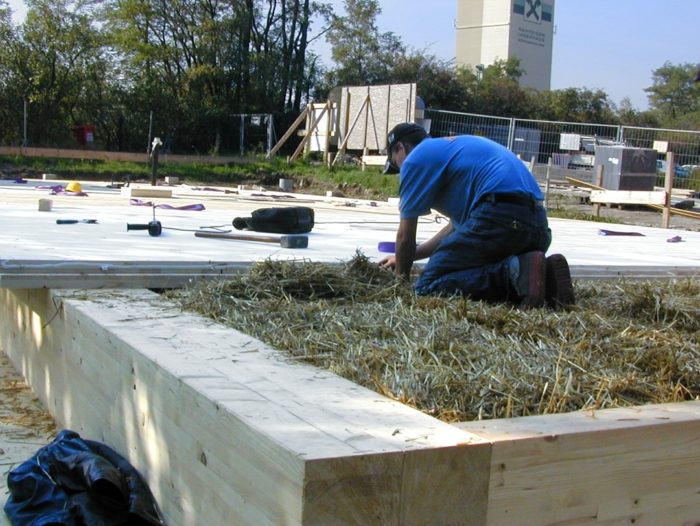




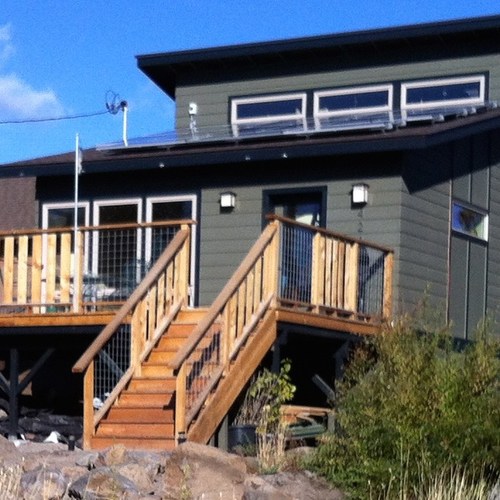
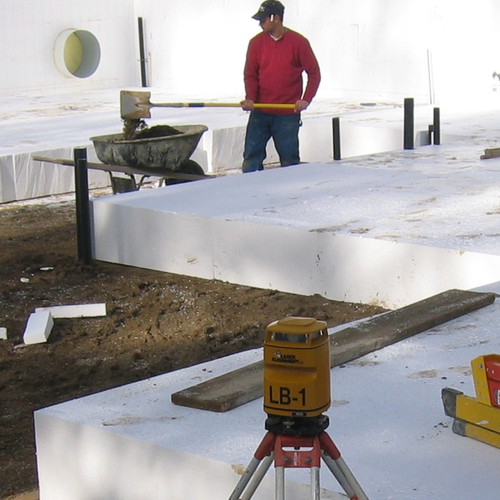
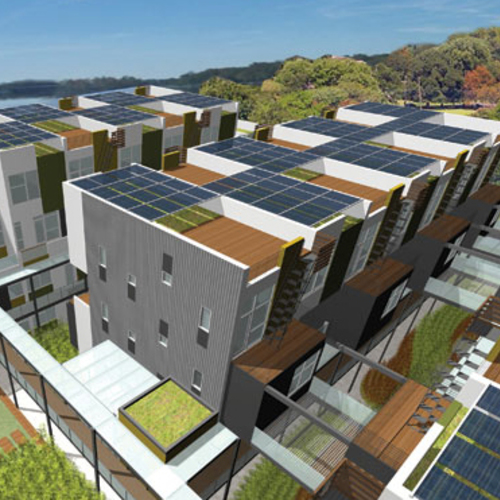
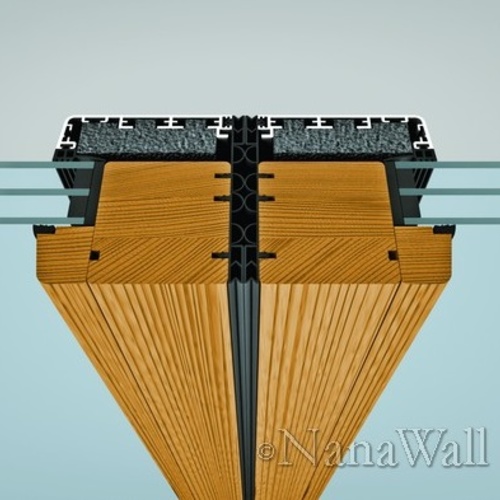







9 Comments
Is the issue really settled?
Mike,
I'm not yet convinced that this issue is truly settled, and PHIUS may have a point concerning the usefulness of these calculations.
I understand that embodied-energy-payback calculations differ from cost-effectiveness calculations. (I have addressed cost effectiveness questions for Passivhaus buildings in several blogs, including Can Foam Insulation Be Too Thick?) Nevertheless, both types of calculations raise similar issues.
Here's one question I have: when researchers calculate the payback period for the embodied energy of the incremental building materials needed to achieve the Passivhaus standard, are they simply taking all of these incremental materials as a lump-sum package and comparing the associated embodied energy with a code-minimum building? If so, that method of analysis isn't very sophisticated.
It would be more sophisticated to look at insulation incrementally, and calculate the embodied energy payback for each additional inch of insulation. For example, I seriously doubt that the last 2 inches of sub-slab foam in Katrin Klingenberg's 14-inch-thick layer of sub-slab foam had a very quick embodied energy payback compared to the same house with 12 inches of sub-slab foam.
Your contention that it is possible to build a Passivhaus that has a quick payback for the embodied energy of its incremental building materials doesn't prove that all (or even most) Passivhaus buildings have a quick payback. I am especially suspicious of the many U.S. Passivhaus buildings with very thick sub-slab foam; I imagine that the last 25% of the foam thickness has a very long embodied energy payback.
cost effectiveness v. EE payback
Martin,
Methodologies differ, generally the papers I've seen look at the total additional embodied energy to meet Passivhaus compared to a baseline (generally code minimum, as that's the building norm). Wolfgang's paper is a little more refined, and looks at the cumulative embodied energy of the following versions of the Kranichstein project:
-a code minimum insulation regulations (WschVO '84)
-a 'Low Energy House' (>70kWh/m2a space heating)
-an energy efficient LEH
-the as-built Passivhaus (heavy construction)
-a future Passivhaus (lower embodied energy, better efficiency due to better performing products and light construction)
-an autarkic building (off-grid)
His findings showed that while the constructed embodied energy for the Passivhaus was larger than the code minimum (1,391 kWh/m² v. 1,171 kWh/m²) - the ~65% energy reduction achieved by reaching Passivhaus results in significantly lower cumulative embodied energy.
The embodied energy paybacks are a little different than cost, as they take into account source energy. As source energy is ~3x average site energy, comparing the payback for that to the additional MJs for extra insulation, better windows, air sealing measures and ventilation equipment is nominal. In Kranichstein, the approximately 19% increase in embodied energy to meet PH was recouped in under two years.
You are correct that the payback isn't linear, and that paying off the first couple of inches of sub-slab insulation would be nearly immediate, the last few inches will take a little bit longer. However, when looking at the bigger picture, it's a relatively small difference.
Frankly, you could triple the embodied energy of construction of a Passivhaus (which would not be an easy task), and in the long run would still be looking at significant savings in embodied energy compared to typical construction. 14" of sub-slab foam in a Passivhaus, while ludicrous to me, doesn't incur a long payback period. Kranichstein was basically wrapped in 12" of EPS and wasn't penalized in terms of recovering the embodied energy.
Metrics? Scale?
The first question I have:
When people talk about Embodied Energy, I usually ask them what they mean by that and why they care. Generally speaking, I really couldn't care less about embodied energy. Embodied Fossil Energy? now you're talking! Climate Change Potential? That's a metric I feel better about (but still want to know the units).
Available renewable Energy is as common as sand: http://gcep.stanford.edu/research/exergy/resourcechart.html
Second point:
Can we put this in context of the overall building? Maybe it's just my projects, but insulation-- even closed-cell foam, just isn't significant. In all the houses I've worked on and done some primitive LCA's for, the insulation was less than 10% of the embodied (energy/GHG). The highest embodied energy/ghg house was in fact our LEED Platinum house, and it had nothing to do with the insulation (some closed cell foam) or any of the energy efficiency features. Concrete basement, roof tiles, exterior stucco, and interior plaster were the things that mattered. None of those were intended as energy efficiency features (though they have significant thermal capacitance effects). All of them were in part about durability, and my general finding is that the more you invest in durability, the more you lose in embodied energy/ghg.
When someone asks me about the embodied energy/ghg of things-- I ask:
How heavy is it?
And how expensive is it?
Not a first principles understanding of the issues, but this kind of heuristic seems to be a good enough model for triaging sustainability decisions, at least for me.
If it's light and isn't made out of intel processor chips, then I'd focus on operational energy.
Though, now that I say that-- I've got concrete bunker home projects with server farms in the basement, so I've got BOTH weight and cost to consider. And yes, some of them are going for Passivhaus. At least they're spec'ing 27 kW of solar instead of drawing from that dirty California grid... ;)
Lucas Morton, fantastic post
Lucas Morton, fantastic post my man. Fantastic. Finally someone who thinks like me, in at least one way, out of the box, and logically.
Lucas,
Embodied energy is an
Lucas,
Embodied energy is an accounting of fossil fuel energy: extraction, manufacturing, transportation, etc.
In the context of Kranichstein , the 19% 'upcharge' in embodied energy to PH is significant in relation to the entire embodied energy of construction. It is insignificant when looking at the sum of operational and primary/construction.
That's why I don't believe it's worth the time to calculate out the insulation embodied energy - especially for certification. What your employed structure consists of (concrete/steel/wood) has a much larger effect on the embodied energy of construction. And all that pales in comparison to the operational energy - even for a Passivhaus.
Clarification of terms...
Mike,
What exactly do you mean by "primary" energy?
I take it that it has a different meaning in this context than the EIA's definition?
Calculating the Embodied Energy Payback for Passivhaus Buildings
The interesting result from the last paper (and the point referenced in the title) is that while Passivhaus leads to better environmental and economic results – the grid is still too dirty, and thus a combination of renewables/greening of the grid + Passivhaus would get the ‘gold’
Great post Mike
I'm glad that you've re-engaged in 2010's sub-slab foam debate. Your research impresses me and I like the argument that it really doesn't matter if the payback of the last few inches of insulation (both horizontal or vertical) are liner. As Alicia put's it: "Passivhaus leads to better environmental and economic results"
The environmental result, backed up with a (secondary) economic result, is the important point. Especially after reading of Martin's trip to Alaska: https://www.greenbuildingadvisor.com/blogs/dept/musings/alaskan-glaciers-are-rapidly-melting
Keep up the good work!
Ticking Boxes = Potential for Poor Environmental Decisions
Mike, well referenced article but I would be very wary of suggesting that LCA is not necessary to ensure the correct environmental outcomes. A couple of things that need to be noted here:
- A good LCA should be calculating Greenhouse Gas generation. If the building is using a renewable energy source for heating (eg biomass) then it actually won't generate a lot of carbon emissions due to the heating load (no matter the efficiency).
- A good LCA should also be calculating all energy inputs into the building. In more temperate climates than Washington, the energy dedicated to refrigeration may be more than heating and cooling, this should be quantified and included in the LCA so the whole picture is clear.
- Using LCA a designer can understand the relative benefits of sustainable design features. For example, is it better to poor a big concrete slab for thermal mass and save X in operational carbon, or should we install the same embodied impact equivalent in solar capture (Hot water or PV) to save Y? LCA gives designers the answers. Sure, there may be some rules of thumb that generally work, but that's not an optimisation, and you might get better bang for your buck by using LCA
- LCA is now really affordable (check out this free software I have helped develop - etool.net.au) and can be used as an effective design tool to ensure good decisions are made
- I've been involved with over 50 LCAs, mainly residential, here in Australia and there are numerous cases where operational energy savings have been sought at the expense of the environment due to increased embodied carbon (particularly when houses are on the thermal efficient end of the scale, and they employ low carbon or very efficient heating and cooling systems)
If you want real peace of mind, conduct an LCA, if not use the tick box methods and hope for the best!
Log in or create an account to post a comment.
Sign up Log in